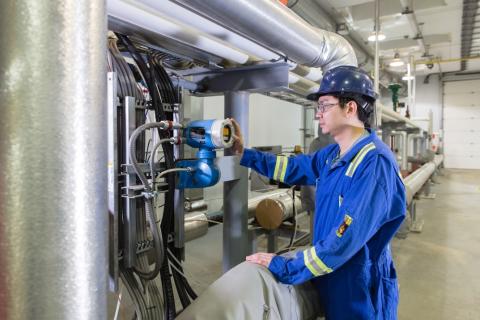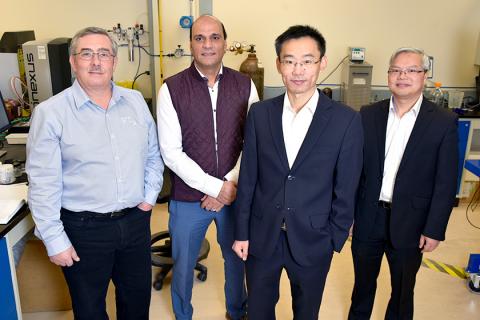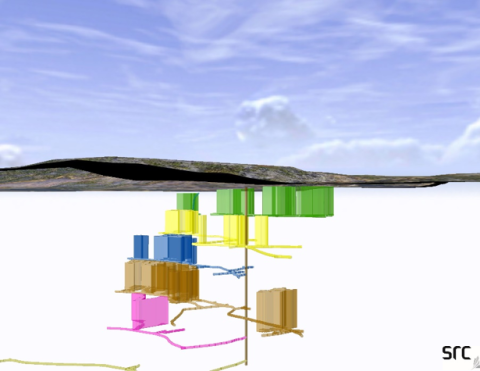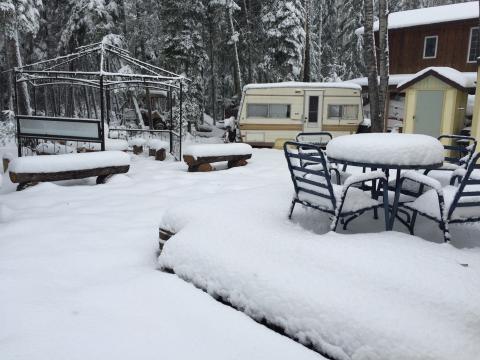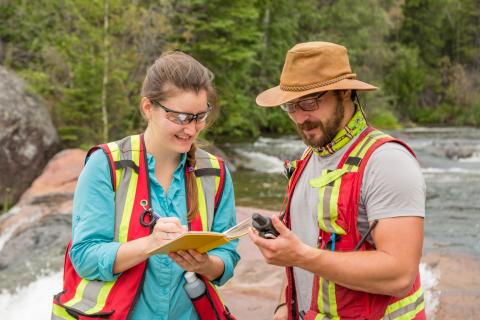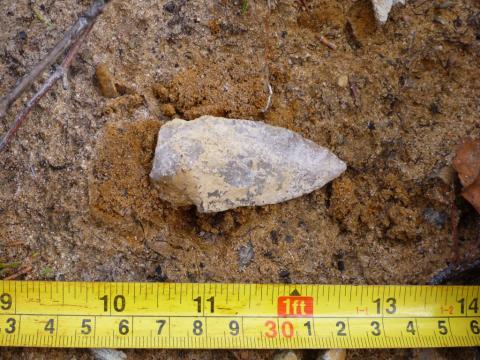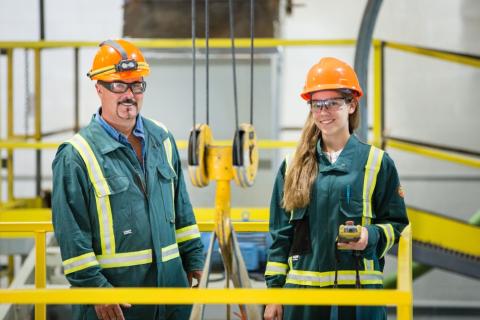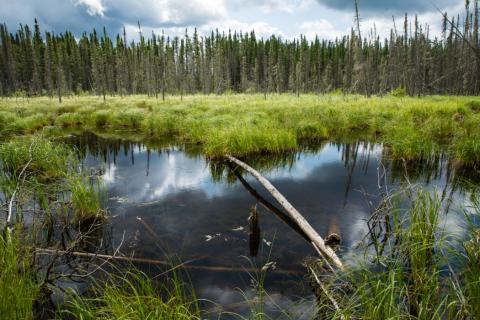Inside SRC
Winter can bring weather extremes from beautiful sunny winter days to blizzards with whiteout conditions. The change from one to the other can happen quickly, so you need to be prepared when heading out on the slippery, snow-covered roads. Read on for important safety tips!
Science is all around us this holiday season. Our merry band of nerdy elves have identified several places to spot (and experience) science this holiday season so you can become an Honourary Scientist.
Since the early 20th century, Canada's research and technology organizations have been interested in learning how to measure the economic impacts of their work. Find out how SRC's R&D impact assessment tool works.
Research programs that foster collaboration between industry and academia are an effective way to support industrial and social innovation. Learn about a recent mentorship that led to a ground-breaking discovery for the oil and gas industry.
What you can see on the surface of an abandoned mine site doesn’t always tell the full story of the mining activities that took place. In fact, the surface is a very small part of the whole remediation process. Find out how 3-D models of underground workings helps us get a better idea of risks below ground.
Old Man Winter has arrived in Saskatchewan and he's brought suitcases full of snow. It's important to be prepared for extreme winter weather events, like blizzards and extreme cold. The more we can anticipate and plan for these events, the more we can reduce their impacts and risks on us.
Offering a mentoring program in your organization can have an extremely positive impact in your business. Find out what makes a mentoring program successful.
Archeologists are uncovering hundreds of artifacts in Saskatchewan every year. When there's a risk of development impacting heritage resources, a screening process determines whether or not an impact assessment is required. Find out how a projectile point was discovered at an abandoned mine site.
Learn about a former Mechanical Engineering student's experience working with SRC's Industrial Engineering team.
Most people might be surprised to know that wetlands are hot spots of biodiversity in a forested landscape. They’re also a huge reservoir of carbon. And it’s important to conserve wetlands to maintain that carbon in the ground.


